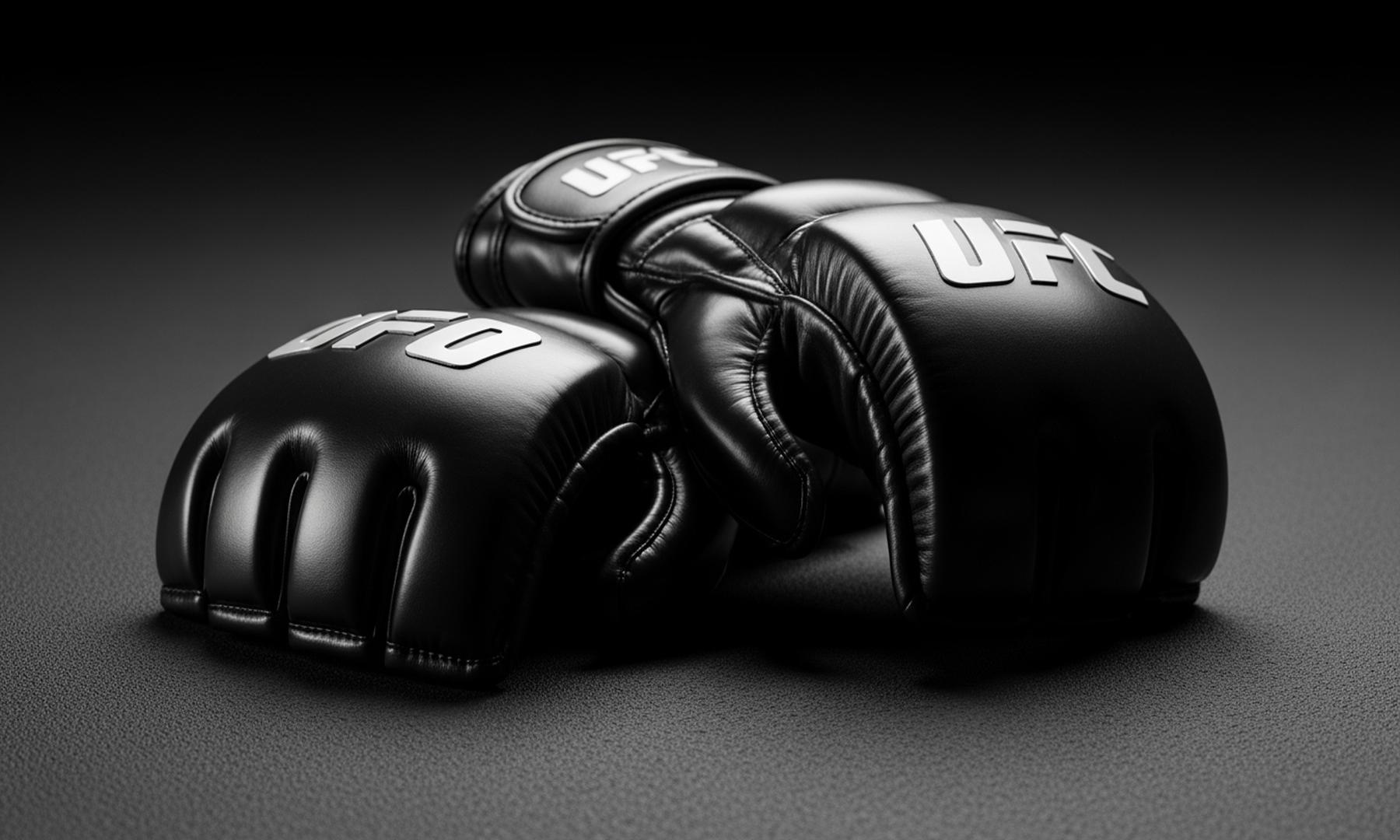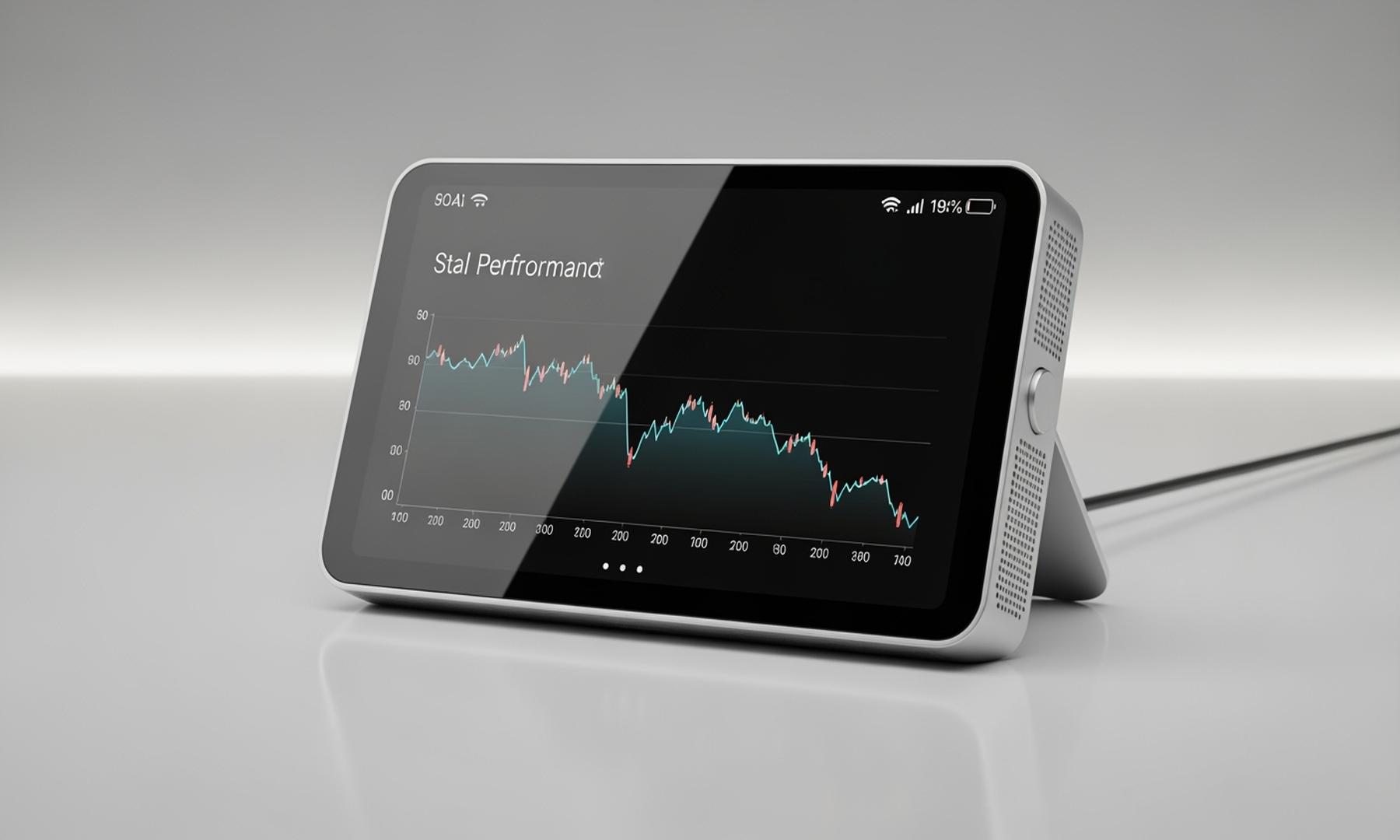What's Happening?
Syrona Buchanan-Jones, a dedicated thrifting enthusiast, recently made a remarkable discovery on eBay, finding a vintage Jean Paul Gaultier jacket and later its matching skirt. Buchanan-Jones, who has been thrifting high-end vintage clothing since the
age of 16, initially found the black denim jacket with red distressed velvet detailing listed for a starting bid of £99 ($133). Recognizing its value, she bid up to £350 ($469) but ultimately won it for £107 ($143) including postage. Days later, she discovered the matching skirt from the same seller and successfully bid £97 ($130) to reunite the set. Buchanan-Jones, who spends around four hours daily searching for thrifted items, shared her find on Reddit, where it went viral, inspiring others to explore thrifting.
Why It's Important?
This story highlights the growing trend and appeal of thrifting, particularly for high-end vintage fashion. Buchanan-Jones's experience underscores the potential for finding valuable and unique items at a fraction of their original cost, promoting sustainable fashion practices. As more individuals turn to thrifting, it could influence the fashion industry by increasing demand for secondhand goods and encouraging sustainable consumer habits. This shift may benefit both consumers seeking affordable luxury and the environment by reducing waste and promoting recycling of clothing.
What's Next?
Buchanan-Jones's viral post may inspire more people to engage in thrifting, potentially increasing the popularity of online platforms like eBay for secondhand shopping. As interest grows, thrift stores and online marketplaces might see a rise in activity, prompting sellers to offer more curated selections of vintage and high-end items. Additionally, the fashion industry might respond by integrating more sustainable practices and promoting the value of secondhand clothing.
Beyond the Headlines
The thrifting trend also raises questions about consumerism and the fashion industry's impact on the environment. As more people opt for secondhand clothing, it challenges the fast fashion model and encourages a cultural shift towards valuing quality and longevity over quantity. This movement could lead to broader discussions on ethical fashion and the importance of reducing the environmental footprint of clothing production.















